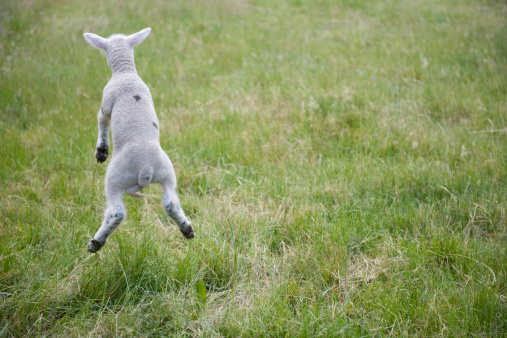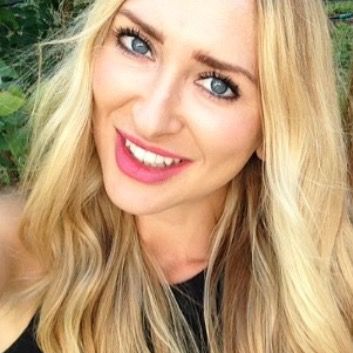For those of you who like to book a quick midday flight to Dreamland every now and then, hold your sheep: we’ve got some potentially not-so-great news for daytime nappers, according to one new study. The American Journal of Epidemiology recently published research that discovered that people who take naps during the day have a 14% higher mortality rate than those who don’t. Great. Another reason to hate the work week. That number more than doubles to 32% if those regular catnaps last longer than an hour at a time. The study found that one of the causes of death that doubled in nappers was respiratory illness, and similar studies have pointed toward an increase in diabetes in those who nap.
But before you give up on that afternoon power nap you look forward to all morning, let’s take this study’s findings with a grain of salt. Keep in mind that people who have a challenged immune system are more likely to be napping during the day anyway. (And less likely to be holding down a regular job where nap time usually isn’t on the schedule.) Either way, even if the study’s findings are absolutely correct, the number of nappers affected is very small – about 85% of people who nap don’t experience any alleged risks from it all.
Still, other studies have shown that power naps can help cut the risks of things like heart attack and strokes, in addition to providing smaller benefits like mood boosts and increasing relaxation. What you should take away from this study’s finding isn’t fear that hanging with the Sandman before bedtime is going to put you in an early grave. It should make you evaluate your habits: if you’re constantly napping, there might be an underlying issue developing, and your need for Zs could be clue. But, hey, if napping fits into your schedule and helps reduce your stress levels and increase your productivity levels, it sounds like a pretty good deal. Just make sure you’re doing it right.
For a nap that will recharge you, you’ll want to keep it minimal snooze within the 10-30-minute range, if only to avoid that groggy feeling. Napping for a short period of time like that is just enough to perk up your brain. If you need a stronger fix and a full recharge of cognitive function, an hour-and-a-half nap is going to be the best option. One caveat: you should be prepared for the struggle of waking back up and shaking it off – you basically just sent your body into REM mode. To prevent your nap from messing with your nighttime sleep schedule, aim to nap between the hours of 2PM and 3PM when your body naturally tends to take a post-lunch energy dip.
To help you nap without going into a super-deep sleep, it can be helpful to sleep with your body propped up a bit, to keep it alert and not completely relaxed. Think of yourself as a soldier that needs to be ready for battle at the drop of a hat. Drinking a cup of coffee before you take a nap is a strategic way to ensure your nap is a brief one and that you wake up ready to go. While it might seem contradictory, it takes about twenty minutes for the caffeine to start working its magic, so it should pop up on you like your alarm clock.
Insomniacs, however, might be better off avoiding naps as an attempt to get back on a normal sleeping schedule. The benefits will not outweigh the costs when you’re laying in bed at 2AM with sleep nowhere in sight. And if you’re dreaming away while you’re snoozing midday, it might be a clue that you’re not getting enough sleep at night.
But since you’re napping during the day anyway, you probably already knew that.












-300x169.jpg)




